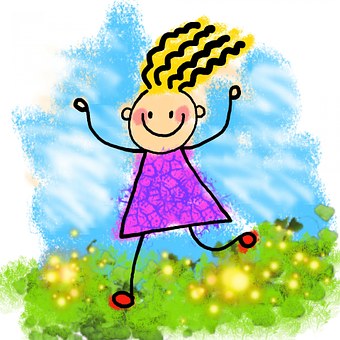My kid wishes to learn painting. Where do I start?
Many parents work with their preschoolers on learning letters, reading books and even incorporating math skills into daily life.
These skills and activities are necessary and beneficial to your preschooler but by adding creative play and activities (like painting) you will help the overall growth of your child’s whole brain.
6 Reasons Why Kids Need to Paint
- Painting exercises your child’s brain. Creative activities like painting, use a different part of the brain than reading and or math. The right side of the brain is our creative half and responsible for visual skills and understanding what we see through our eyes (which is still developing at the preschool age). Creative play and painting activities help exercise your child’s “right” brain leading to overall healthy brain development.
- Your child learns how to express their own feelings by transforming their own ideas and feelings onto paper.
- Painting builds self-esteem. By providing open-ended painting activities your child there is no right or wrong way to paint. The emphasis is on the process so every child feels successful no matter there skill level or developmental stage.
- Your child learns how to make decisions and problem solve. As your child works and paints they make choices about their own artwork.
- Painting helps relieve stress. Just like adults, preschoolers get stressed too. Painting is one way your child can de-stress and a healthy way to express their feelings.
- Painting helps develop muscle control. Working with a brush or small tool helps develop fine motor skills (small muscle control). While working on large sheets of paper or at the easel helps develop large muscle control (Gross Motor skills). Painting also helps develop your child’s hand-eye coordination.
- Painting is a sensory experience. Your child is building a knowledge base of different sensory experiences, like how it feels to touch the paper with finger painting or how it feels to move the brush with your arm across the paper. Sensory experiences are important because it helps your child explore and understand the world around them.
Introducing painting lessons to children can be a great experience, and can encourage a child to pick-up painting who would never have the opportunity.






